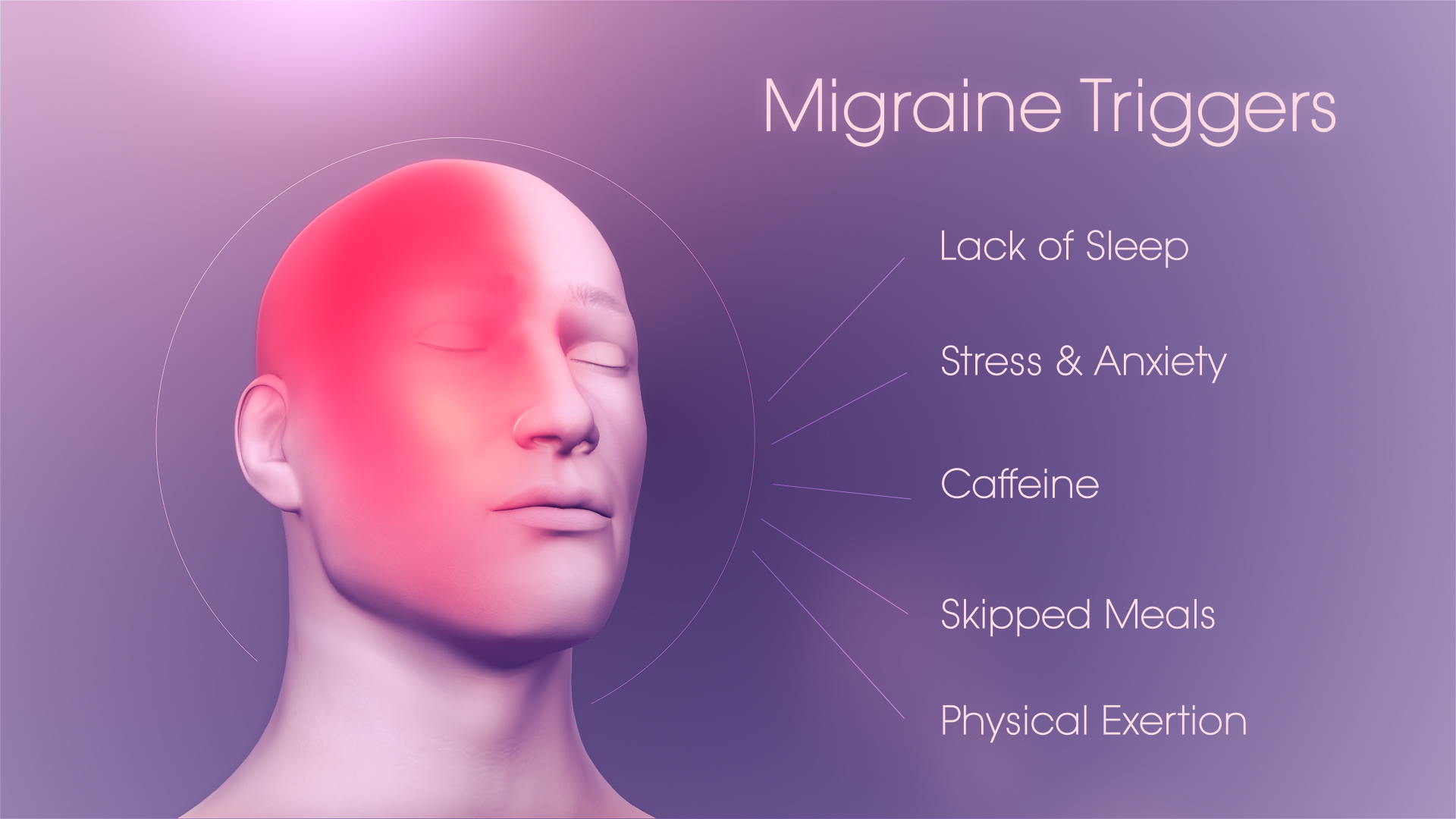Title: The Benefits of Heat and Cold Therapy for Neck Pain Relief: A Comprehensive Overview
Introduction:
Neck pain, also known as cervical pain, is a common ailment that affects individuals of all ages and backgrounds. To alleviate discomfort and promote healing, people often rely on two primary approaches: heat therapy and cold therapy. This article seeks to provide a comprehensive summary of the benefits of these two modalities in neck pain management.
Heat Therapy:
Heat therapy involves the application of warmth to the affected area. It can be delivered through various methods, such as hot water bottles, heating pads, or warm compresses. When applied, heat increases blood flow, relaxes tense muscles, and reduces stiffness in the neck region. It also promotes the healing process by enhancing tissue flexibility and easing any associated inflammation. Heat therapy is particularly effective for chronic neck pain or stiffness due to muscle tension.
Cold Therapy:
Conversely, cold therapy involves the application of cold compresses, ice packs, or cold water to the affected area. Cold temperatures help constrict blood vessels, which reduces inflammation and numbs the pain signals being transmitted to the brain. This therapy is particularly useful for acute neck injuries, such as strains or sprains, as it helps prevent or minimize swelling and bruising. Additionally, cold therapy can be effective in numbing the area and temporarily reducing pain sensations.
Which One to Choose?
Determining whether heat or cold therapy is best for neck pain largely depends on the individual and the nature of their condition. In general, heat therapy is recommended for chronic or ongoing discomfort, promoting relaxation, and improving flexibility. Cold therapy, on the other hand, is more suitable for acute injuries, providing immediate pain relief, and reducing inflammation. Some individuals may find the alternating use of both therapies beneficial, commonly referred to as contrast therapy.
Conclusion:
Heat and cold therapy are both valuable tools in managing neck pain. Heat therapy helps alleviate chronic or ongoing muscle tension, while cold therapy aids in the treatment of acute injuries by reducing inflammation. Personal preference, as well as consulting with a healthcare professional, can help individuals determine the most suitable therapy for their specific condition. An integrated approach combining heat and cold therapy may also prove effective for certain individuals.
What is the best medicine for neck pain?
Pain Relief Medications Some neck pain may be due to inflammation in the discs of the spine and the surrounding nerves and joints. Nonsteroidal anti-inflammatory drugs (NSAIDs) alleviate pain by reducing inflammation. NSAIDs include ibuprofen, naproxen, and aspirin, all of which are available over-the-counter.
Is a heating pad good for neck pain?
Using ice packs or heating pads can help relieve neck pain fast. Ice reduces inflammation, while heat relaxes the stiff neck muscles. For best results, you may alternate the two for about 20 minutes each several times a day.
What is better heat or ice for neck pain?
Hot and cold therapy Using ice packs or heating pads can help relieve neck pain fast. Ice reduces inflammation, while heat relaxes the stiff neck muscles. For best results, you may alternate the two for about 20 minutes each several times a day.

What is the most common form of migraine?
Migraine without auraauraMigraine auras are the sensory symptoms (neurologic, gastrointestinal, and autonomic) that can occur before or during a migraine episode. These symptoms can include flashes of light, blind spots, or tingling in the hands or face. Migraine without aura accounts for 70% of patients with migraine headaches.https://www.ncbi.nlm.nih.gov › books › NBK554611Migraine With Aura – StatPearls – NCBI Bookshelf, or common migraine, is the more frequent form of migraine. Symptoms include headache pain that occurs without warning and is usually felt on one side of the head, along with nausea, confusion, blurred vision, mood changes, fatigue, and increased sensitivity to light, sound, or noise.

How would you know if you have migraine?
A migraine tends to be a very bad headache with a throbbing pain on 1 side of the head. You may get other symptoms just before a migraine, such as: feeling very tired and yawning a lot. craving certain foods or feeling thirsty.
What are the 4 stages of a migraine?
Migraines, which affect children and teenagers as well as adults, can progress through four stages: prodrome, auraauraMigraine with aura (also called classic migraine) is a recurring headache that strikes after or at the same time as sensory disturbances called aura. These disturbances can include flashes of light, blind spots, and other vision changes or tingling in your hand or face.https://www.mayoclinic.org › symptoms-causes › syc-20352072Migraine with aura – Symptoms & causes – Mayo Clinic, attack and post-drome. Not everyone who has migraines goes through all stages.Jul 7, 2023
What is the most common cause of migraines?
Stress. Stress is the most common trigger of headaches and migraines. More than 70% of patients experience a high level of stress leading up to a migraine. During stressful times, people can experience tightening of the neck and shoulder muscles, and this pain can be felt in the head.
:max_bytes(150000):strip_icc()/headaches-and-migraines-causes-4685674_V3-517ccb13fa5a4af58fd2f2e674932540.png)
What is the main cause of migraine?
There are multiple triggers that may lead to a migraine attack. Common examples include a drop in estrogen levels (pre-menstruation), alcohol use, stress, cold weather fronts, and sleep deprivation.



